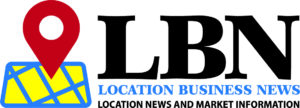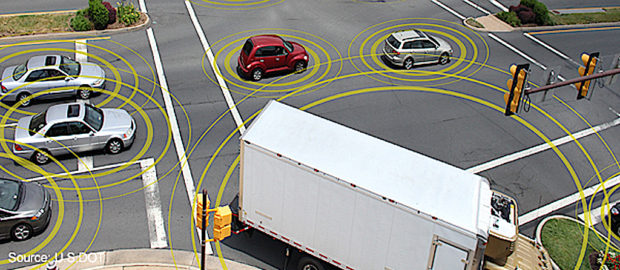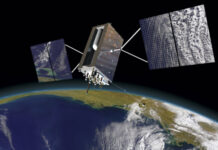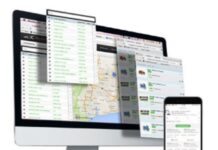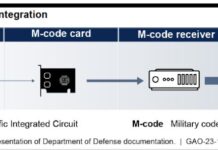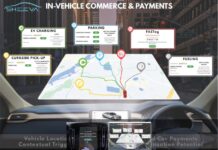Industry executives cautiously optimistic going into 2024…
The location industry in 2023 had a mix of good and bad news, ranging from billion-dollar acquisitions and new products to global threats to satellite navigation signals. The editors of Location Business News talked to industry execs to assess what were the big news/trends of 2023—while looking ahead to 2024.
Tim Newberg, North America CEO, Digital Matter:
What do you think was your biggest success was in 2023? What markets surprised you?
“In 2023, we introduced three new device families, including the Global series based on 4G Cat 1bis and 2G connectivity, which enables asset visibility anywhere in the world with a cellular network,especially in markets where LTE-M/NB-IOT is not widely available, the Barra series, which is an expansion of a IoT asset tracking portfolio at lower cost, improved design with more functionality to address more applications from pallet tracking and cargo to packaging and more, and finally the expanded options around our 2023 IoT Evolution Product of the Year Award, the HAWK IoT Data Logger, which provides near limitless options for interfacing to sensors through modular plug-in I/O cards to facilitate even more use cases from AgTech and environmental monitoring to resource management and equipment management. This allows us to help solve more problems in more markets across more applications and use cases which means 2024 is going to be exciting and busy! And no real surprises (yet) as partners are requiring high-quality, proven, robust, reliable solutions that are cost-effective to help drive the business outcomes and find ways to accelerate the timeline for adoption, deployment and delivering a return.”
What do you envision will be a growing trend in 2024?
“Within IoT, we continue to see a push towards making solutions more configurable to dial into the needs of specific applications from adjusting the sensitivity of the movement-based tracking towards optimizing around network connectivity, especially in low coverage areas, as well as the criticality of being able to monitor device health, facilitate remote analysis, simplify troubleshooting and more importantly receive proactive alerts to optimize performance. Ultimately, how can we help our customers solve more problems around our ability to deliver solutions leveraging the latest connectivity and location technologies to simplifying the way to service the support needs. We continue to invest across these areas to connect more of the assets that matter.”
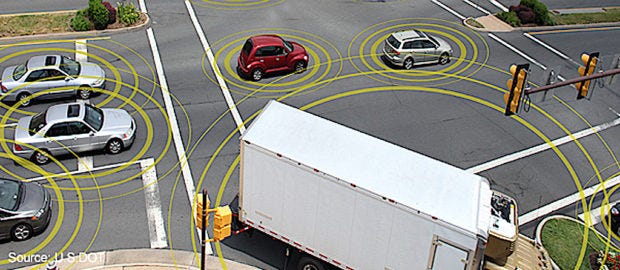
Kevin Andrews, director of land products for Applanix at Trimble:
What do you think was your biggest success was in 2023? What markets surprised you?
“Seeing the autonomous compactor working on the hydroelectric project in British Columbia was very satisfying and not just because I’m from BC myself. More than just an autonomous vehicle, which is in itself quite a feat, this is integrated into the connected worksite through WorksOS so it can be a productive member of a well-orchestrated team. Its work is being tracked and recorded so that its output contributes to the validation of the complete project. All while keeping workers safe by operating where it is deemed too risky for human operators. This is a good example of the intersection of autonomy and connectedness.”
“What surprised me in 2023 was the speed at which we found practical uses for AI. For many years, we’ve seen machine learning demonstrated in highly technical applications like identifying objects in a vehicle’s path or teaching robotic dogs to walk, but now we’re seeing breakthroughs in human/machine interfaces. Not only are systems now able to make sense of a complicated subject and explain it back to us in language we understand but, in the other direction, being able to give instructions in simple terms and have the system know what we meant. We’re much closer to the talking ship’s computer in Star Trek than we were a year ago.”
What do you envision will be a growing trend in 2024?
“In the latter half of 2023, we really saw the impact macroeconomic conditions can have on tech development. In 2024, we’ll see a very practical market refocus on to what is working today and actually saving/making money for people now. As more ambitious ventures like robotaxis/autonomous heavy trucks face economic and regulatory challenges, productivity-boosting tech like smart spraying and automated workflows across job sites are seen as protecting the bottom line. On that note, things that make working with tools and systems easier will also become the norm. Clunky, esoteric user interfaces simply won’t be accepted as AI-powered interactions become smoother and more natural, reducing the learning curve for new technology adoption.”
Marc Prioleau, executive director of Overture Maps Foundation:
What do you think was your biggest success was in 2023? What markets surprised you?
“We launched Overture Maps in December 2022. 2023 was the year of building the project, adding members and laying the foundations for our open map data products. We went from four members to over 20, we developed a coherent data schema, we produced open base layers and established a consistent monthly release cadence and built the platform that can promote more open map data use starting in 2024. “
What do you envision will be a growing trend in 2024?
“In the last 2 years, I have talked to over 250 companies and organizations that are involved in mapping, location services, and map data building. There is amazingly consistent consensus across the industry that we, as a group, need to move to open map data, especially for the base layers that must support the ever-growing metadata that drives richer map experiences. The demand for those richer experiences seems insatiable but that takes new, more accurate, more timely data. Trying to support all that data on multiple base layers is just unsustainable. In 2024, developers will increasingly opt for open map data to build the foundation for their applications.”
